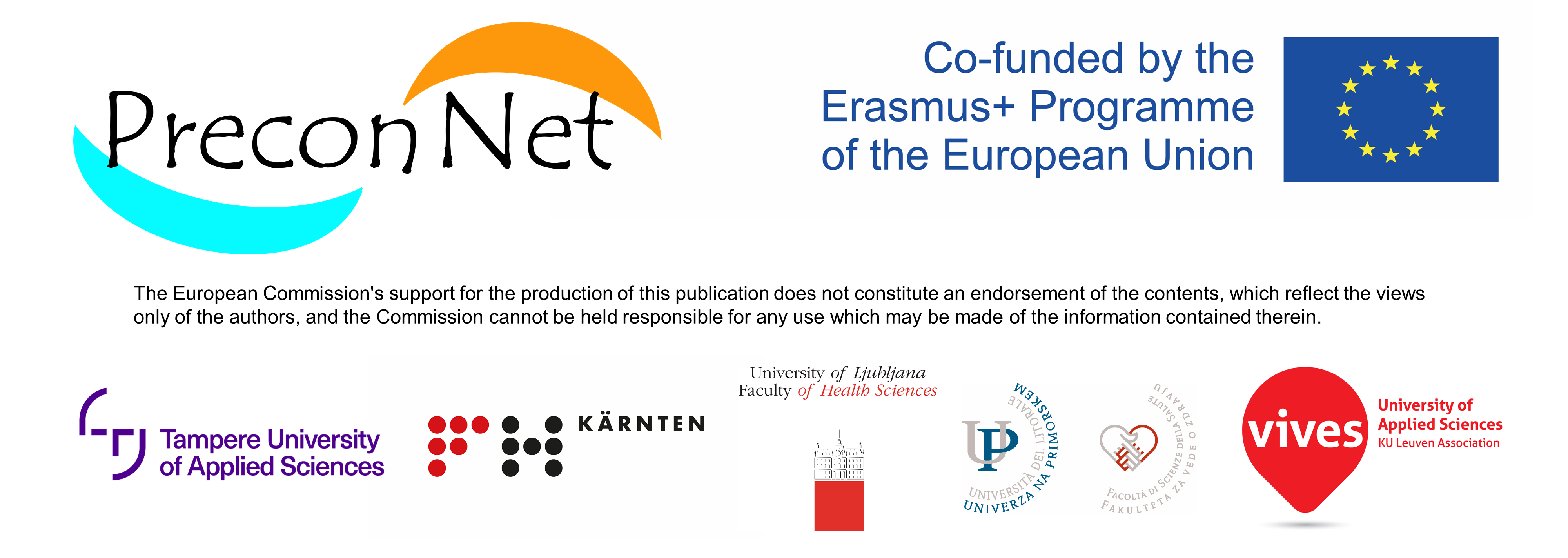Preconception care: Maximizing the gains for maternal and child health by WHO:
A new WHO report shows that preconception care has a positive impact on maternal and child health outcomes. Addressed primarily at health professionals responsible for developing national and local health policies, the report provides a foundation for implementing a package of promotive, preventive and curative health interventions shown to have been effective in improving maternal and child health. A wide range of sectors and stakeholders needs to be engaged to ensure universal access to preconception care. The report also guides non-health sectors, foundations and civil society organizations to collaborate with, and support, public health policy-makers to maximize gains for maternal and child health through preconception care. Read the entire report here!
Lancet series on Preconception Health
“A woman who is healthy at the time of conception is more likely to have a successful pregnancy and a healthy child. A reviewed published evidence and present new data from low-income, middle-income, and high-income countries on the timing and importance of preconception health for subsequent maternal and child health.” Read more here!
Preconception health 1. Before the beginning: nutrition and lifestyle in the preconception period and its importance for future. Lancet 2018: 391: 1830-41.
“Parental environmental factors, including diet, body composition, metabolism, and stress, affect the health and chronic disease risk of people throughout their lives…” Read more here!
Preconception health 2. Origins of lifetime health around the time of conception: causes and consequences. Lancet 2018: 391: 1843-52.
“The nutritional status of both women and men before conception has profound implications for the growth, development, and long-term health of their offspring. Evidence of the effectiveness of preconception interventions for improving outcomes for mothers and babies is scarce. However, given the large potential health return, and relatively low costs and risk of harm, research into potential interventions is warranted.” Read more here!
Preconception health 3. Intervention strategies to improve nutrition and health behaviours before conception. Lancet 2018: 391: 1853-64.
Articles on BMI and fertility
- World Health Organization [WHO] (2017). Obesity and overweight.
- Euro-Peristat Project. (2018). European perinatal health report: Core indicators of the health and care of pregnant women and babies in Europe in 2015.
- Poston, L., Caleyachetty, R., Cnattingius, S., Corvalán, C., Uauy, R., Herring, S., Gillman, M. W. (2016). Preconceptional and maternal obesity: epidemiology and health consequences. Lancet Diabetes & Endocrinology, 4(12), 1025-1036.
- Chen, Z., Du, J., Shao, L., Zheng, L., Wu, M., Ai, M., Zhang, Y. (2010). Prepregnancy body mass index, gestational weight gain, and pregnancy outcomes in China. International Journal of Gynaecology and Obstetrics, 109(1), 41-44.
- Kerrigan, A., Kingdon, C. (2010). Maternal obesity and pregnancy: A retrospective study. Midwifery, 26(1), 138-146.
- Liu, X., Du, J., Wang, G., Chen, Z., Wang, W., Xi, Q. (2011). Effect of pre-pregnancy body mass index on adverse pregnancy outcome in north of China. Archives of Gynecology and Obstetrics, 283(1), 65-70.
- Scott-Pillai, R., Spence, D., Cardwell, C. R., Hunter, A., Holmes, V. A. (2013). The impact of body mass index on maternal and neonatal outcomes: A retrospective study in a UK obstetric population, 2004-2011. BJOG : an international journal of obstetrics and gynaecology, 120(8), 932-939.
- Briese, V., Voigt, M., Hermanussen, M., Wittwer-Backofen, U. (2010). Morbid obesity: Pregnancy risks, birth risks and status of the newborn. HOMO – Journal of Comparative Human Biology, 61(1), 64-72.
- Ngoga E, Hall D, Mattheyse F, Grové D. (2009). Outcome of pregnancy in the Morbidly obese woman. South African Family Practice, 51(1), 39-41.
- Dodd, J., Grivell, R., Nguyen, A., Chan, A., Robinson, J. (2011). Maternal and perinatal health outcomes by body mass index category. Australian and New Zealand Journal of Obstetrics and Gynaecology, 51(2), 136-140.
- Linné, Y. (2004). Effects of obesity on women’s reproduction and complications during pregnancy. Obesity Reviews, 5(3), 137-143.
- Fyfe, E. M., Thompson, J. M., Anderson, N. H., Groom, K. M., McCowan, L.M. (2012). Maternal obesity and postpartum haemorrhage after vaginal and caesarean delivery among nulliparous women at term: A retrospective cohort study. BMC Pregnancy and Childbirth, 12, 112.
- Mochhoury, L., Razine, R., Kasouati, J., Kabiri, M., Barkat, A. (2013). Body mass index, gestational weight gain, and obstetric complications in Moroccan population. Journal of Pregnancy, 2013.
- Lindholm, E. & Altman, D. (2013). Risk of obstetric anal sphincter lacerations among obese women. BJOG : an international journal of obstetrics and gynaecology, 120(9), 1110-1115.








